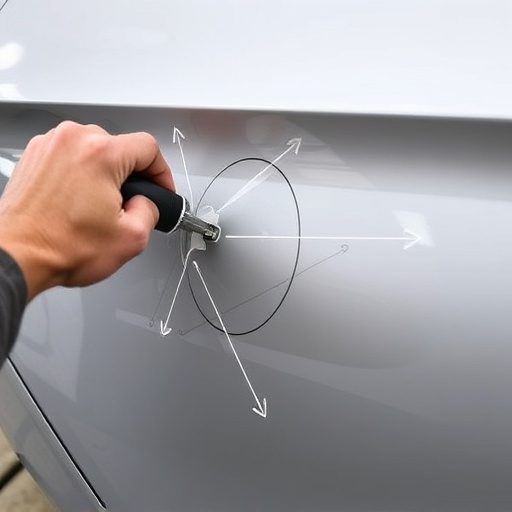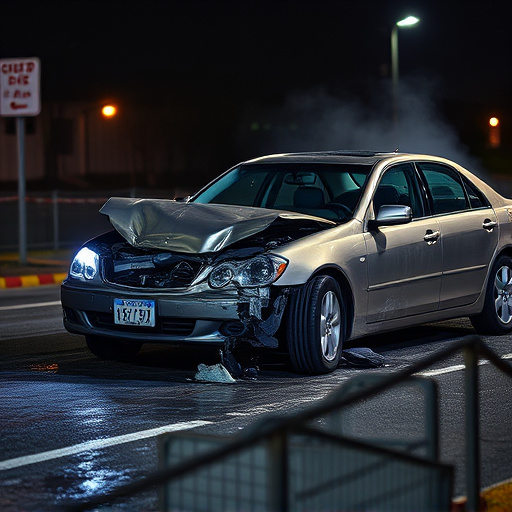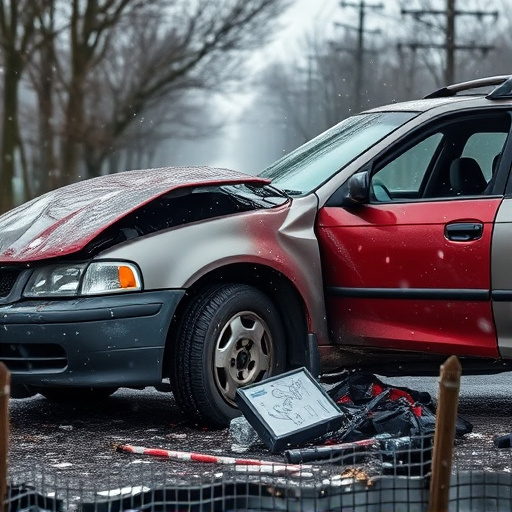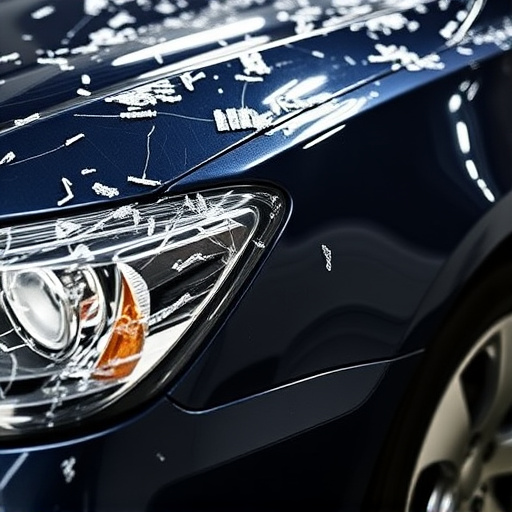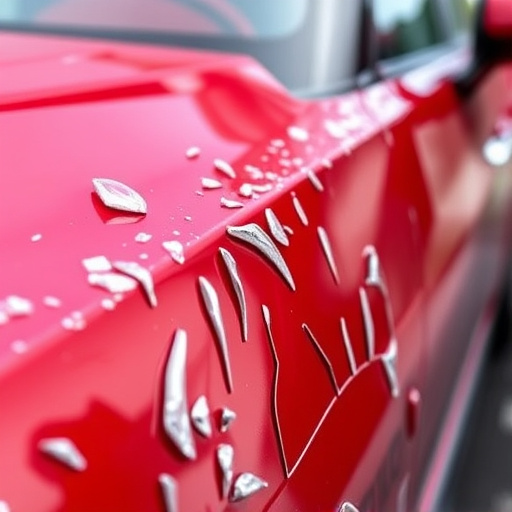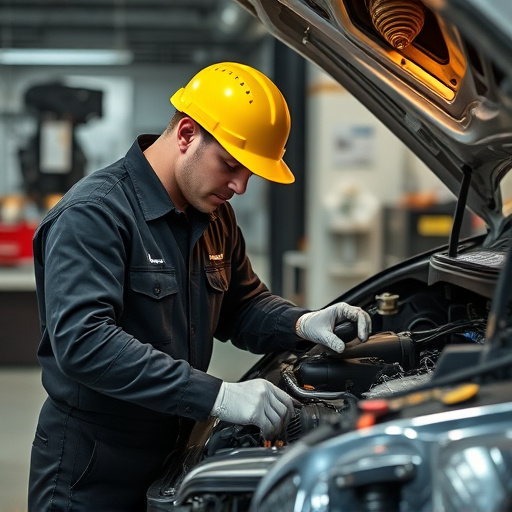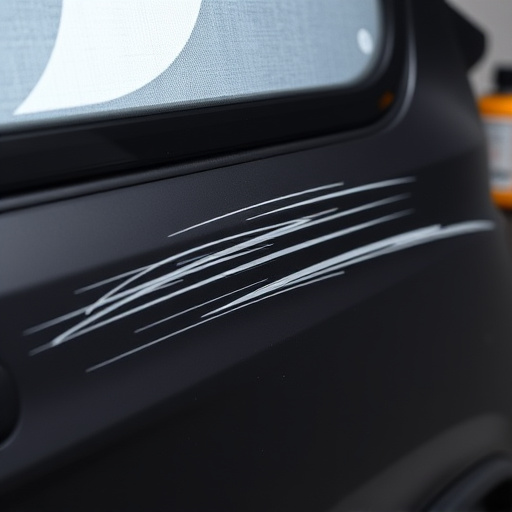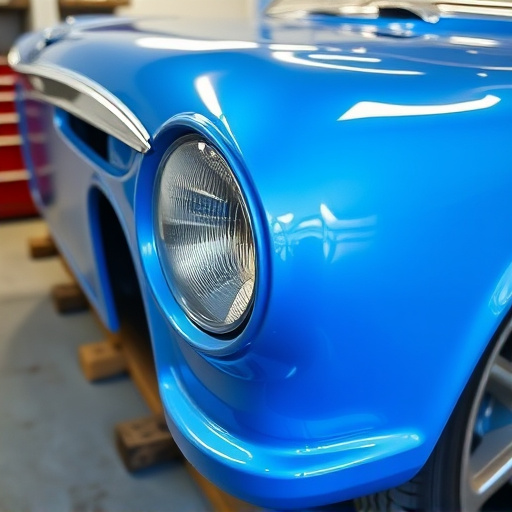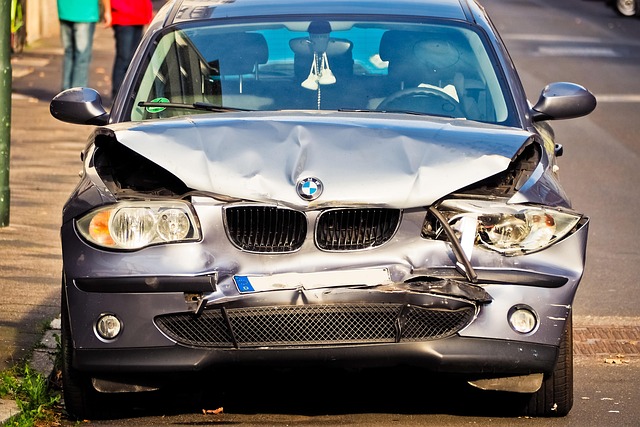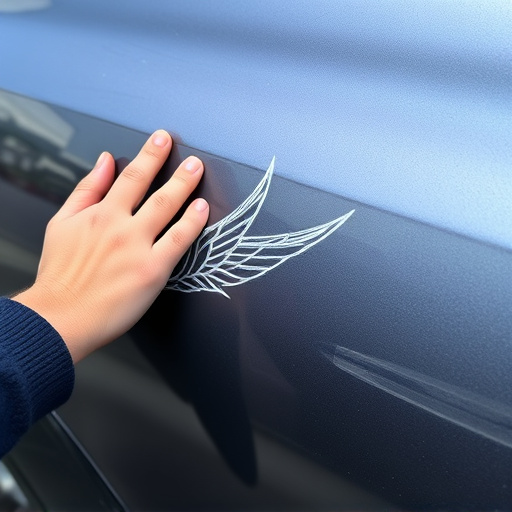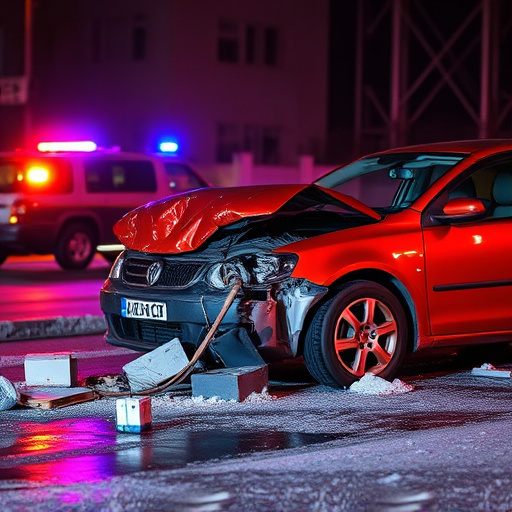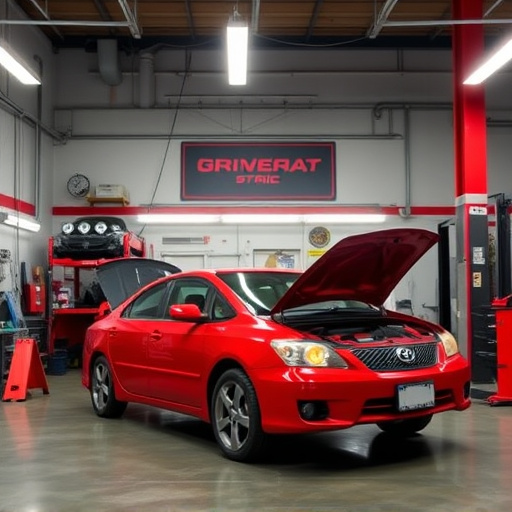Base coat application is a crucial step in vehicle repair, serving as a protective barrier and preparer for paint layers. Skilled technicians use techniques like spraying or brushing while adhering to best practices, including meticulous surface prep, primer use, and environmental regulations. Effective base coat application reduces paint waste, minimizes the environmental impact governed by EPA standards, and results in professional finishes. In today's eco-conscious era, collision centers prioritize sustainable practices, integrating water-based paints and low-VOC coatings to minimize harmful gas emissions, reduce material usage, lower carbon footprints, and eliminate overspray waste.
Discover the art of base coat application, a foundational step in painting processes that demands precision and adherence to environmental compliance standards. This comprehensive guide explores techniques, best practices, and innovative sustainable approaches. From understanding the nuances of different application methods to navigating stringent regulations for paints and coatings, we delve into strategies that ensure both quality results and ecological responsibility. Optimize your practices with our insights on integrating sustainable practices in base coat application.
- Understanding Base Coat Application: Techniques and Best Practices
- Environmental Compliance Standards for Paints and Coatings
- Integrating Sustainable Practices in Base Coat Application
Understanding Base Coat Application: Techniques and Best Practices

Base coat application is a crucial step in the painting process at any vehicle body shop or collision repair service. It involves the strategic application of an initial layer, known as the base coat, which serves as a protective barrier and prepares the surface for subsequent paint layers. This technique is essential to ensure the longevity and durability of the final finish. Skilled technicians employ various methods, such as spraying or brushing, to achieve even coverage and seamless fusion with the underlying material.
Best practices in base coat application include meticulous surface preparation, ensuring proper adhesion between the base coat and the substrate. This often involves sanding, degreasing, and using appropriate primers for optimal bonding. In a vehicle repair service environment, adhering to these standards not only guarantees high-quality results but also ensures compliance with environmental regulations. Effective techniques contribute to minimizing paint waste, reducing environmental impact, and promoting a smooth, professional finish on repaired vehicles.
Environmental Compliance Standards for Paints and Coatings
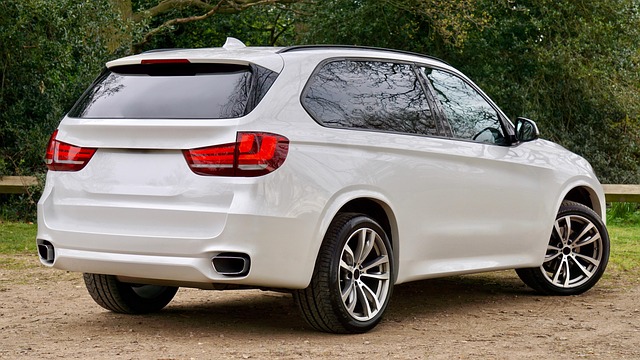
When it comes to base coat application, environmental compliance standards for paints and coatings are paramount. These standards ensure that automotive paints and coatings used in auto repair services and body shop services meet strict criteria to minimize environmental impact. Key regulations, such as those set by agencies like EPA (Environmental Protection Agency), govern the formulation, manufacturing, and disposal of these products.
For instance, auto body work often involves applying base coats designed to protect underlying surfaces while adhering to specific volatile organic compound (VOC) emission limits. Compliance ensures that these coatings do not contribute to air pollution or pose risks to human health during application or curing. By adhering to these standards, auto repair shops and body shop services not only maintain high-quality work but also play a vital role in preserving the environment.
Integrating Sustainable Practices in Base Coat Application

In today’s environmentally conscious world, integrating sustainable practices into base coat application for automotive finishes is becoming a priority in both collision centers and car repair services. This shift involves adopting eco-friendly materials and techniques that minimize waste and reduce environmental impact, making it a key component of modern auto detailing. By choosing water-based paints and low-VOC (volatile organic compound) coatings, these processes significantly cut down on the release of harmful gases during application.
Moreover, efficient base coat application strategies focus on minimizing material usage, thereby reducing the overall carbon footprint associated with car repair services. Advanced equipment that enables precise metering and application ensures that only the required amount of coating is used, eliminating overspray and waste. This not only saves resources but also contributes to a cleaner work environment in collision centers, reflecting a commitment to sustainable practices in the automotive industry.
The proper application of a base coat is a critical step in ensuring the durability and aesthetic appeal of coatings, while also adhering to stringent environmental compliance standards. By understanding the best practices and integrating sustainable techniques, professionals can optimize their base coat application processes. These measures not only contribute to the quality of the final product but also promote ecological responsibility in the paint and coatings industry.
